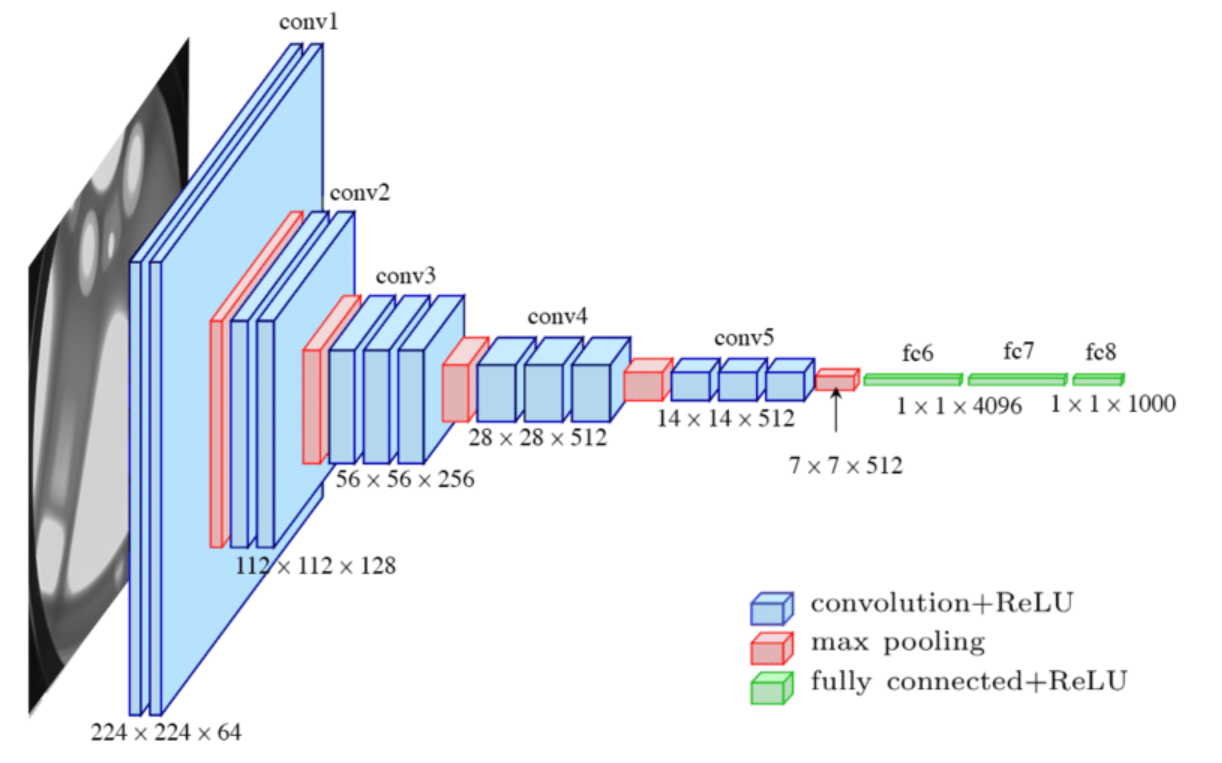Deep Learning Computer Vision: Advancements and Exciting Applications

Introduction
Deep learning has propelled significant advancements in computer vision, revolutionizing various applications such as self-driving cars, face recognition, image recommendation, and even art generation. In this blog article, we will explore the impact of deep learning in computer vision and highlight some exciting applications that have emerged as a result.
Advancements in Computer Vision
Deep learning has played a vital role in enhancing computer vision capabilities. Self-driving cars, for instance, utilize deep learning computer vision algorithms to detect and identify other vehicles and pedestrians, enabling them to navigate safely and avoid potential collisions. Face recognition systems have also seen remarkable improvements, allowing users to unlock devices or access secure areas using facial recognition technology.
Furthermore, deep learning has facilitated the development of image recommendation systems. By leveraging convolutional neural networks (CNNs), companies can employ deep learning algorithms to analyze images and display the most appealing and relevant content to users. This has proven particularly useful in applications related to food, travel, and entertainment.
The Intersection of Computer Vision and Art
Deep learning has even extended its reach into the realm of art. Neural style transfer is a captivating example where deep learning algorithms blend the content of one image with the artistic style of another, resulting in a new image that combines both elements. This fusion of content and style has led to the creation of unique and visually captivating artwork, showcasing the creative potential of deep learning in computer vision.
Cross-Fertilization of Ideas:
One of the significant benefits of studying computer vision is the cross-fertilization of ideas it brings. The computer vision research community has been instrumental in inventing new neural network architectures and algorithms. These innovations have not only advanced computer vision but have also inspired progress in other domains. For instance, ideas from computer vision have influenced advancements in speech recognition algorithms, leading to improvements in voice-based applications.
Key Computer Vision Problems:
Throughout the course, we will delve into various computer vision problems. Image classification, also known as image recognition, involves determining the content of an image, such as identifying whether it contains a cat or not. Object detection takes this a step further by not only recognizing objects but also determining their positions and drawing bounding boxes around them. Another fascinating application is neural style transfer, where images can be transformed to adopt the artistic style of another image.
Challenges and Solutions:
Computer vision presents challenges due to the large sizes of input images, which can contain millions of features. Handling such high-dimensional data becomes impractical when using traditional neural network architectures. However, convolutional neural networks (CNNs) offer an efficient solution. By implementing the convolution operation, CNNs effectively process and analyze large images, reducing the number of parameters and improving computational efficiency.
Conclusion:
Deep learning has revolutionized computer vision, leading to significant advancements and enabling a wide range of applications. From self-driving cars to facial recognition systems, deep learning algorithms have made remarkable strides in image analysis and understanding. Moreover, the fusion of computer vision and art has opened up new avenues for creative expression.
By understanding the principles of deep learning in computer vision, you can tap into its potential, whether by developing innovative applications or leveraging its ideas to enhance algorithms in other domains. Join us on this exciting journey as we explore the world of deep learning computer vision and unlock its endless possibilities.